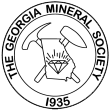Diamond Hill
Quartz Mine
by
Mike Streeter
Copyright March 2004
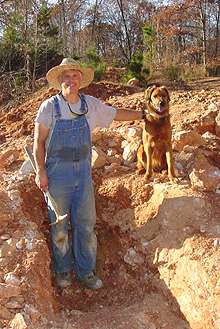
Chrissy and I have spent a great deal of time at the Diamond Hill Quartz Mine near Antreville, South Carolina over the past several months. Chester Karwoski, who purchased the property in 2003, brought in some heavy earth-moving equipment last fall and has opened up some new collecting opportunities. On our most recent trip to the mine on February 28, 2004, members of the Rome Georgia Gem and Mineral Society and the Southern Appalachian Mineral Society joined us. Since it is no secret that that I am a geologist by trade, I am often asked geological and mineralogical questions about collecting locales. While digging at Diamond Hill, I was asked to explain how the rocks and crystals formed. Now there's a $64,000 question for you! I answered the question as best I could at the time. Since then, I have researched the literature to obtain a more detailed explanation that I would like to share with you.
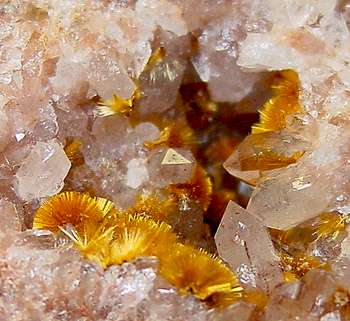
The wide variety of quartz crystal varieties that exists at Diamond Hill is nothing short of remarkable when you consider that the actual collecting areas occupy a total of less than 3 acres and that each variety requires its own unique set of conditions to form. The three most sought after varieties of quartz at the mine are skeletal, smoky and amethyst. Skeletal quartz (also known as elestial quartz) exhibits a layered or ribbed pattern. Its appearance gave rise to the term "skeletal" as the crystals resemble what someone with a good imagination would expect the skeleton of a quartz crystal to look like (not that they exist).
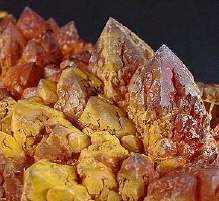
The patterns exhibited by skeletal quartz represent internal and external dissolution-growth features resulting from unstable conditions during crystallization. At the time that the crystals were forming, the conditions were such that the crystals would alternate between growing and dissolving. This "two-step forward and one-step backward" process resulted in the unusual step-like appearance. Very large plates and clusters of skeletal quartz can be recovered from quartz veins in the eastern end of the upper pit at Diamond Hill. Like much of the other quartz varieties at Diamond Hill, many of the skeletal quartz crystals exhibit an overgrowth of clear quartz indicating a later phase of crystallization. This later crystallization forms "phantoms" where you can see the tips of skeletal quartz crystals beneath a clear crystal overgrowth that exactly mimics the underlying crystal.
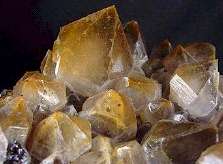
Amethyst is translucent to transparent purple quartz. The purple color is thought to be the result of two factors: 1) small amounts of iron impurities at specific sites in the crystal structure and, 2) exposure to natural radiation in a manner similar to smoky quartz. Again, the process by which this occurs is not fully understood but it is known that exposing amethyst to sunlight for a long period of time will cause the purple color to fade. Therefore, it can be concluded that it isn't the presence of iron alone that causes the purple color or else the mineral would not fade simply due to sun exposure. Amethyst at Diamond Hill generally occurs as larger secondary crystals on top of translucent to transparent smaller quartz crystal druzes in quartz vein pockets in the central portion of the mine. Local rockhounds use the term "jumping bigger" to refer to this phenomenon and as a key to finding amethyst while digging. My experience has shown that amethyst crystals are almost always found pointed downward in a pocket and that a hint of purple color can sometimes be found in smoky quartz crystals.
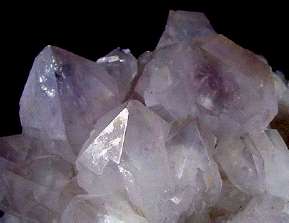
Mike Streeter works as a geologist for the State of North Carolina and is the author of "A Rockhounding Guide to North Carolina's Blue Ridge Mountains", April 2003. Check out his website at www.mcrocks.com.

Copyright © Georgia Mineral Society, Inc.
